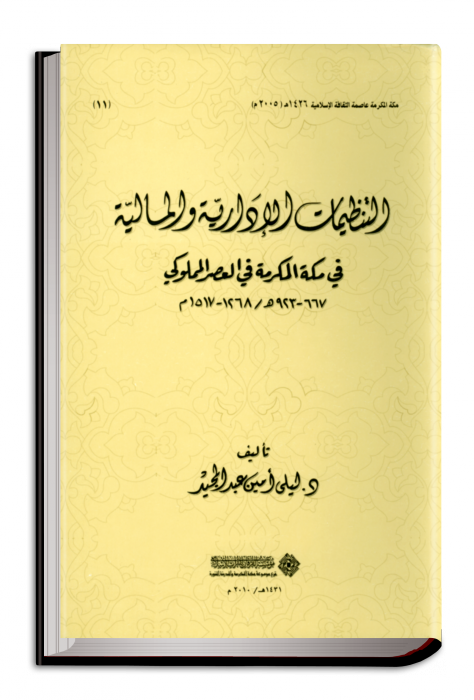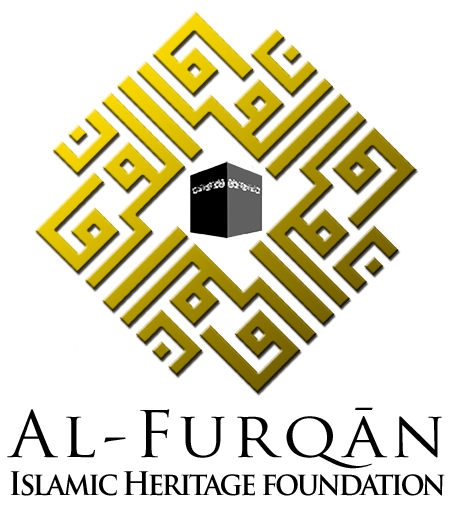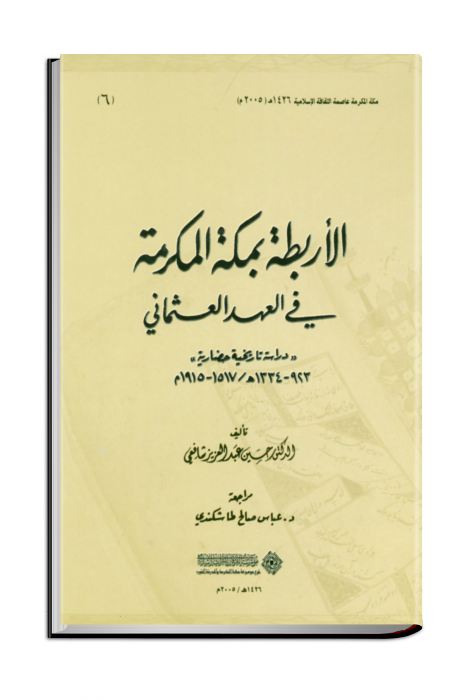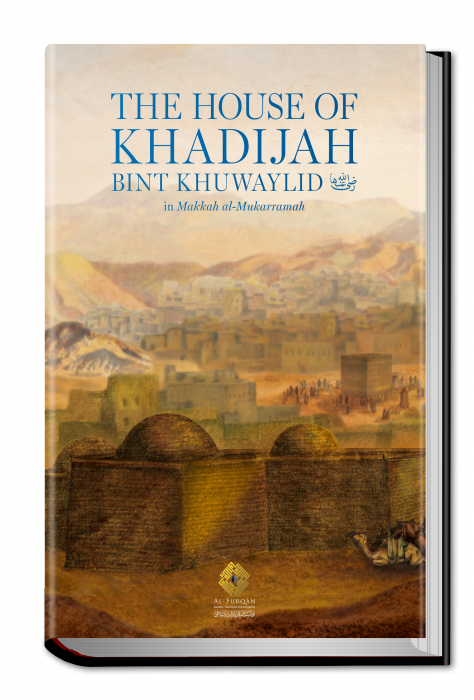The Administrative and Financial Organizations in Makkah during Mamluk Period 667-923 A.H. / 1268-1517 A.D.
This book is considered to be an in-depth study on the administrative and financial institutions in the history of Makkah during the Mamlūk period. It also brings to light the well organised nature of the mailing system between Egypt and Makkah while describing the important role played by the city port of Jeddah. The book also touches on the successful development of the waqf system and shows how that had a positive impact on the many ribāt and schools that were financially backed through the waqf of the Holy Shrine of Makkah (the Harām). This system also helped Makkah itself, its inhabitants and its neighbourhood. Meanwhile, the book deals with the economic aspect which was run according to highly sophisticated organisational structures seen in Makkah’s trade and seasonal markets. The system was known to draw the interest of many of Makkah’s visitors, pilgrims, traders and scholars.
 Shared Knowledge
Shared Knowledge


 Al-Ḥajarah al-Nabawiyyah al-Sharīfah
Al-Ḥajarah al-Nabawiyyah al-Sharīfah Rubats in Makkah in the Ottoman Period: A Historical and Cultural Study (923-1334 A.H. / 1517-1915 A.D.)
Rubats in Makkah in the Ottoman Period: A Historical and Cultural Study (923-1334 A.H. / 1517-1915 A.D.) The House of Khadeejah Bint Khuwaylid (may Allah be pleased with her) in Makkah al-Mukarramah: A Historical Study of its Location, Building, and Architecture - English version
The House of Khadeejah Bint Khuwaylid (may Allah be pleased with her) in Makkah al-Mukarramah: A Historical Study of its Location, Building, and Architecture - English version